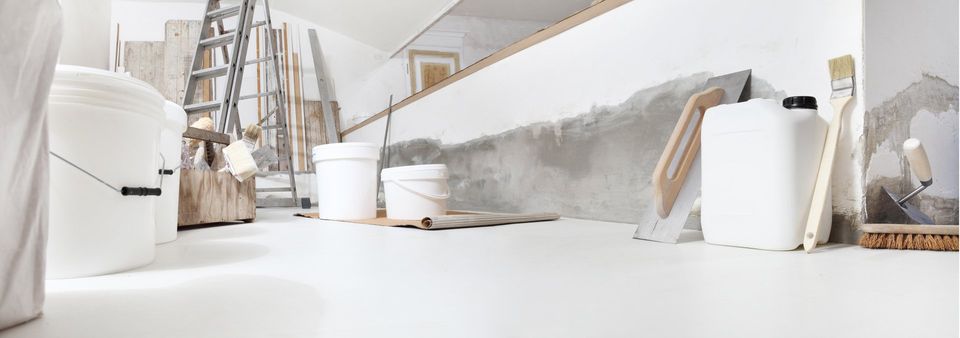Dealing With Indoor Mold. What Homeowners Should Know.
Many activities at home can result in moisture and mold growth. Indoor mold can grow on books, toys, clothes, walls, and more, rendering them useless. When you have pervasive growth, you might even need mold removal services to make your home livable.
Here are things you should know about mold and its effects on people's health.

Different Types of Common Indoor Mold
There are four common types of indoor mold—Alternaria, Aspergillus, Cladosporium, and Penicillium. Alternaria grows beneath leaking sinks or in showers, damp places, while Aspergillus grows on building materials like drywall, dust, or powdered food items. Cladosporium tends to grow on wood surfaces and fabrics, and Penicillium grows on materials with water damage.
How Mold Gets Into a House
Mold spores are invisible to the naked eye, but they are everywhere, both indoors and outdoors. They can attach themselves to pets, who can track them into the house. Spores can also attach to clothing and shoes and enter through open ventilation systems, doorways, or windows.
Keep in mind that mold only flourishes if the spores land on surfaces that encourage growth. They need moisture and nutrients; otherwise, they don't develop or become dangerous. Mold often appears on windows with condensation buildup, areas with leakages and where there had been flooding, and areas with poor air circulation. Paper, cardboard, ceiling tiles, wood products, upholstery, and insulation materials are all susceptible to mold growth.
The Effects of Mold on Health
People suffering from an overgrowth of mold at home should obtain mold removal services. Mold can cause health problems, especially for people with existing respiratory issues, weakened immune systems, or allergies. When mold grows, unstable organic compounds, cells, and spores can enter the air, producing irritants, allergens, and mycotoxins. These particles can irritate the lungs, nose, and throat.
People sensitive to mold or mold-related particles could suffer from a blocked, runny, or itchy nose, an itchy throat, watery eyes, and sneezing. It is also more likely for people with mold allergies to have an asthma attack if there is mold in the environment.
Certain types of mold, like Aspergillus, could cause more severe health conditions like aspergillosis. There are several types of aspergillosis, and they have different effects. Allergic bronchopulmonary aspergillosis or ABPA affects the lungs and causes problems in breathing. Allergic aspergillus sinusitis causes headaches and issues with the nasal tract. Meanwhile, fungus ball or aspergilloma causes coughs and breathing problems, and chronic pulmonary aspergillosis is a long-term fungal infection that causes difficulties in breathing.
Besides these, mold can also trigger microbes and bacteria, and exposure to these can trigger inflammations. Bronchial and fungal infections from mold can lead to allergic alveolitis, allergic fungal sinusitis, bronchitis, chronic rhinosinusitis, hypersensitivity pneumonitis, and lower respiratory tract problems.
Finally, prolonged mold exposure can cause more issues. Fatigue, fever, headaches, insomnia, nausea, skin and eye irritation, wheezing, and mucous membrane irritation are symptoms of prolonged exposure.
Conclusion
Mold growth is a serious condition that has many health consequences. It can cause or exacerbate respiratory conditions like bronchitis, asthma, and chronic pulmonary aspergillosis, and prolonged exposure to it can bring various kinds of irritations. Keeping one's home clean is essential to preventing mold growth.
For
mold removal and remediation in Western Massachusetts and Northern Connecticut, get in touch with Advanced Basement Waterproofing today. Count on our specialists to remove all traces of Penicillium, Alternaria, Aspergillus, Cladosporium, and Stachybotrys in your home. Live in a healthy environment—schedule an online inspection today or
contact us to learn more!


